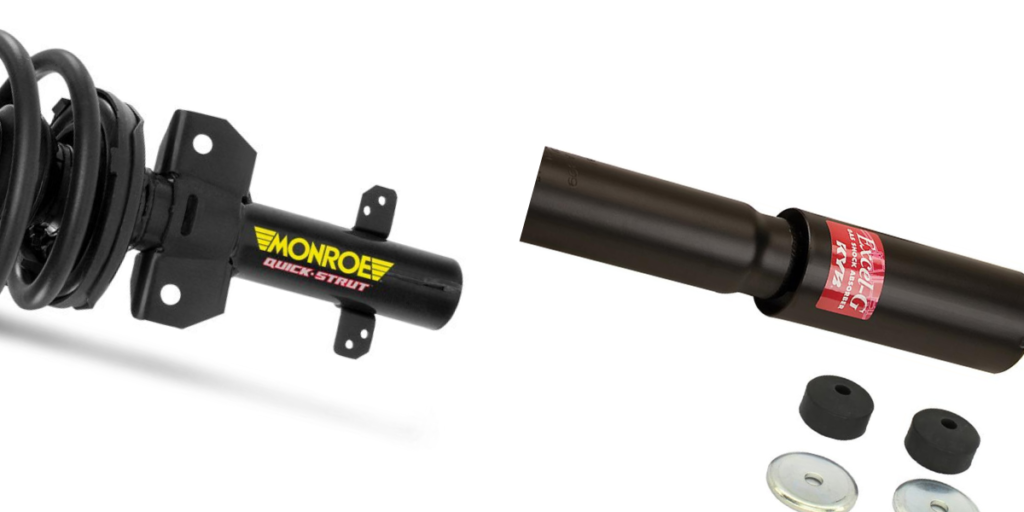Battery maintenance is an important part of vehicle servicing. If your battery is damaged, your car might fail to start or leave you stranded on the highway. Identifying the need for a battery test and performing the tests will become easier. You don’t need to visit a technician to check the batteries as you can perform all necessary tests with the basic tools.
When Do You Need To Check The Batteries?
There are various instances when you will need to test the battery. Identifying these instances ensures you are always ahead on repairs and thus the problems can be corrected before they escalate. Here are some situations that should prompt you to check the engine.
#1. Lights are dim or fail to turn on
The vehicle lights are the simplest method of identifying a problem in your vehicle’s electrical system. This is especially for the battery as it powers the light circuit in many vehicle models. You should thus perform a test on the battery to see if the lights remain dim even as you drive or they fail to start at all.
#2. Your vehicle will not start
The battery powers the vehicle’s control box and other components that initiate the ignition process. When you turn on the ignition, your vehicle should start comfortably without lag. It shows your battery is damaged and isn’t releasing enough power to start the vehicle. Checking the batteries will let you identify the causes of the problems.
#3. The battery doesn’t get fully charged
The alternator or dynamo recharges the vehicle battery. However, a damaged battery will not recharge as it will help leak power or fail to hold it. If your battery has this problem, you should test the battery and determine the extent of the damage.
How To Conduct Tests On Your Vehicle
You can thus get voltage, ampere readings, and load tests to determine the effectiveness of your battery. Here are some tests you can perform on your battery.
#1. Visual Inspection for Corrosion and Dirt
The battery terminals become corroded after some time. It is from tough environmental conditions or spilling of the electrolyte on them. Performing a visual inspection on the battery will thus let you identify corrosion and dirt, and you can easily clean them with the right procedure.
Disconnect the cables from the battery terminals before cleaning them when you find corrosion. Scrub the terminals with a metal brush until it appears shiny. To remove the wiped-off corrosion, you can rinse it off with hot water or home soda. Your battery will thus last longer, and the electrical problems will be corrected.
#2. Performing Load Tests
The battery should be fully charged for this test. Additionally, test the battery with a carbon pile to show true load. A load test is also an important consideration when testing a car battery. This test requires that your car battery reading remains at 9.6V for a continuous 15 seconds on the battery load tester. It shows the ampere readings on the battery and thus determines the battery’s power.
Load tests should be performed carefully to prevent short-circuiting that might damage the electrical components. Evaluate the readings and take the right steps for your vehicle based on them.
#3. Checking Using A Power Probe
A power probe simplifies checking the battery. It displays the results, and you can easily evaluate them to determine the state of your vehicle. Firstly, disconnect the covers from the positive terminal on the batter. Secondly, connect the positive terminal of the power probe to the positive battery terminal.
Thirdly, connect the negative terminal to the corresponding negative battery terminal. You can now check the test readings and evaluate them. The battery should register a 12.5V reading to show that it is working well. If the readings are lower than that, you will need a replacement.
#4. Checking the Batteries with a Voltmeter
The voltmeter tests the direct current from the battery to the vehicle’s components. It thus shows the suitability of the battery and whether a repair will be needed. Firstly, to perform this test, turn your engine off. Secondly, create enough room on the battery’s positive and negative terminals to begin the test.
Connect the voltmeter leads to their corresponding terminals on the battery. Once connected, let it perform the test for a while before interpreting them. The battery reading should be 12.5V, signifying the best performance. If the readings are lower than that, you can start the engine and observe any changes. In this case, it should show a 13.5V to 14V reading. Low values suggest your vehicle is damaged and that you need repairs or replacements.
#5. Checking Light Strength
Checking the batteries will include testing their output strength by how bright light bulbs get. You don’t have to start the engine for this test. First, turn on the headlights and wait for about 20 minutes. Observe them throughout this process and monitor whether they will get dim.
If they remain bright, it means your battery is working well. If they get dim after some time, the battery is damaged and isn’t producing enough to power the electrical components. You can thus get repairs or a replacement. A visual test is reliable and can be performed more often than the rest.
Conclusion
Checking the batteries on your vehicle regularly ensures you get peak performance from them. You will thus identify problems early on. If you encounter any challenges in this process, you can consult your local mechanic for assistance on the best ways to perform the tests and get proper results. Perform these tests often and inform your local mechanic. They will help you interpret some results and make the battery checks reliable.
Sources:





